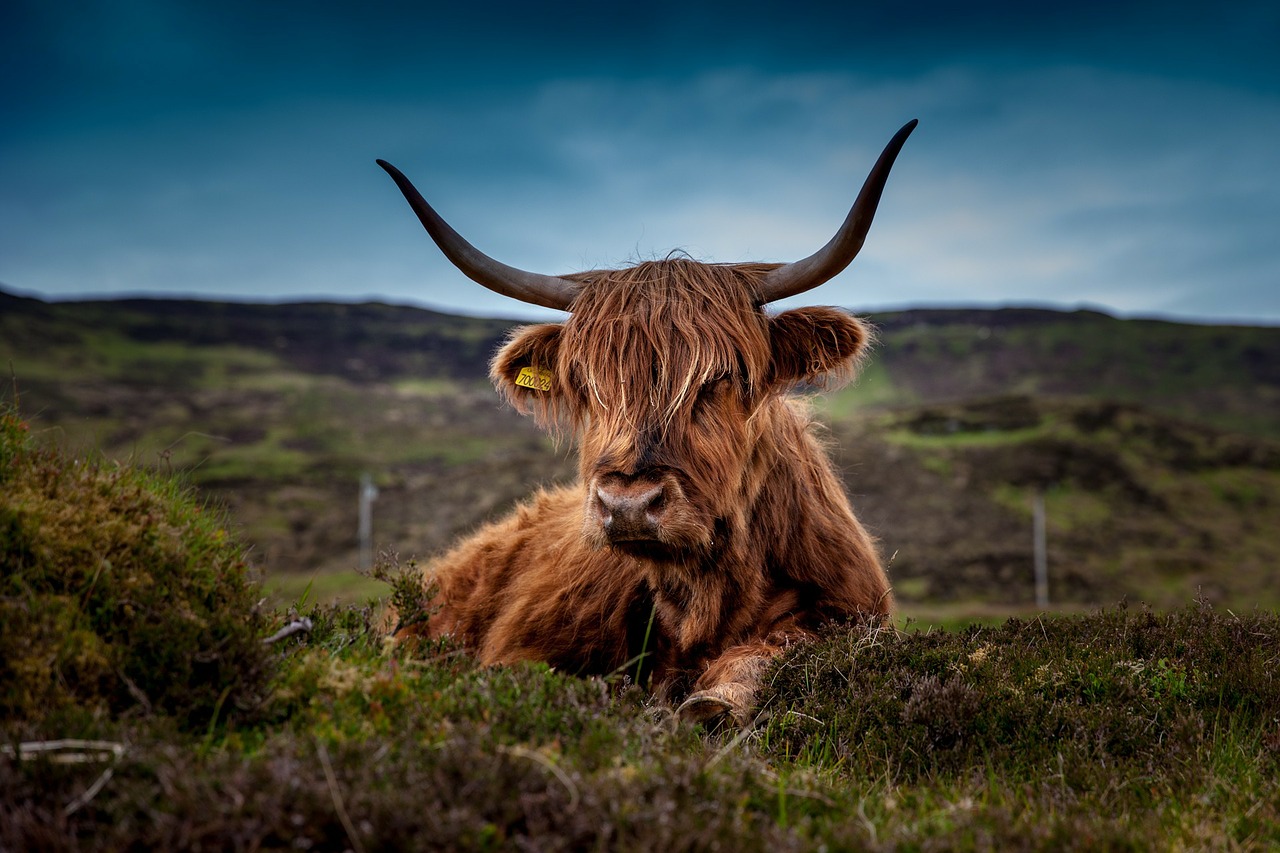The Fascinating Tale Of The Dodo Bird: A Flightless Wonder Lost In Time
The dodo bird, a creature shrouded in mystery and folklore, holds a unique place in the annals of natural history. Native to the island of Mauritius in the Indian Ocean, the dodo bird became a symbol of extinction, representing the impact of human activities on delicate ecosystems. In this article, we delve into the story of the dodo bird, exploring its origins, characteristics, and the unfortunate events that led to its extinction.
What is the Dodo Bird?
The dodo bird (Raphus cucullatus) was a flightless bird that belonged to the pigeon and dove family. It was endemic to the island of Mauritius and became extinct in the late 17th century. Standing about three feet tall and characterized by a bulky body, small wings, and a distinctive hooked beak, the dodo was an oddity in the avian world.
Origins and Habitat:
The dodo bird’s name is believed to have originated from the Dutch word “dodaars,” meaning “fat-arse,” reflecting its plump appearance. The isolation of Mauritius allowed the dodo to evolve without natural predators, resulting in a lack of fear towards humans and other animals. This lack of fear, combined with its inability to fly, made the dodo particularly vulnerable when humans and introduced species arrived on the island.
Extinction:
The primary factors contributing to the dodo bird’s extinction were human activities. Sailors and settlers, upon reaching Mauritius in the 17th century, found the dodos easy to catch and eat. The introduction of invasive species, such as rats and pigs, further accelerated their decline by preying on dodo eggs and disrupting the island’s ecosystem.
FAQs:
Q1: When did the dodo bird become extinct?
A1: The dodo bird became extinct in the late 17th century, with the last confirmed sighting in the 1660s.
Q2: Why couldn’t the dodo bird fly?
A2: The dodo bird’s wings were small and lacked the necessary structure for flight. Its inability to fly made it an easy target for predators and contributed to its vulnerability.
Q3: How did the dodo bird get its name?
A3: The name “dodo” is believed to have originated from the Dutch word “dodaars,” meaning “fat-arse,” reflecting the bird’s plump appearance.
Q4: What role did humans play in the extinction of the dodo bird?
A4: Human activities, including hunting and the introduction of invasive species, played a significant role in the extinction of the dodo bird. The bird’s lack of fear towards humans made it an easy target for exploitation.
Conclusion:
The dodo bird’s story serves as a cautionary tale about the delicate balance of ecosystems and the impact human activities can have on the natural world. While the dodo is gone, its memory lingers as a reminder of the importance of conservation efforts and the need to protect vulnerable species from extinction.




